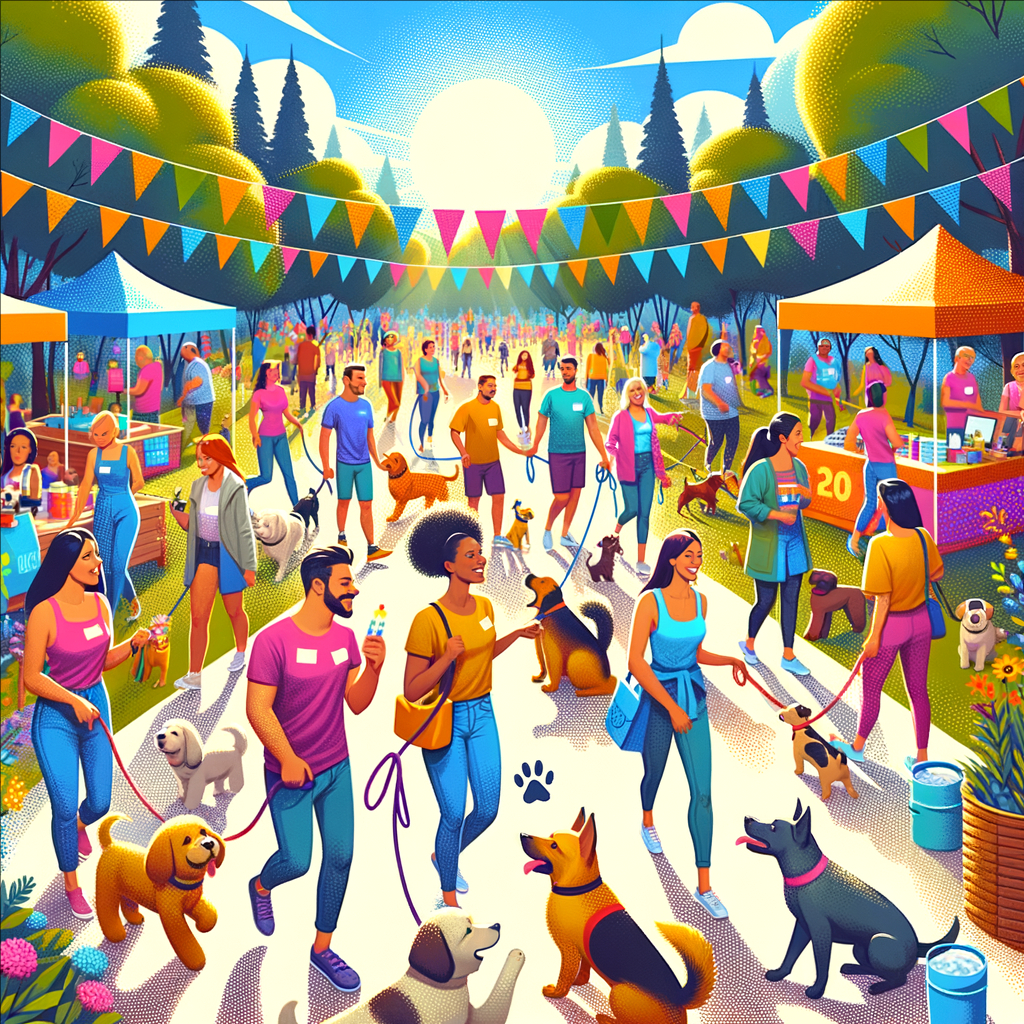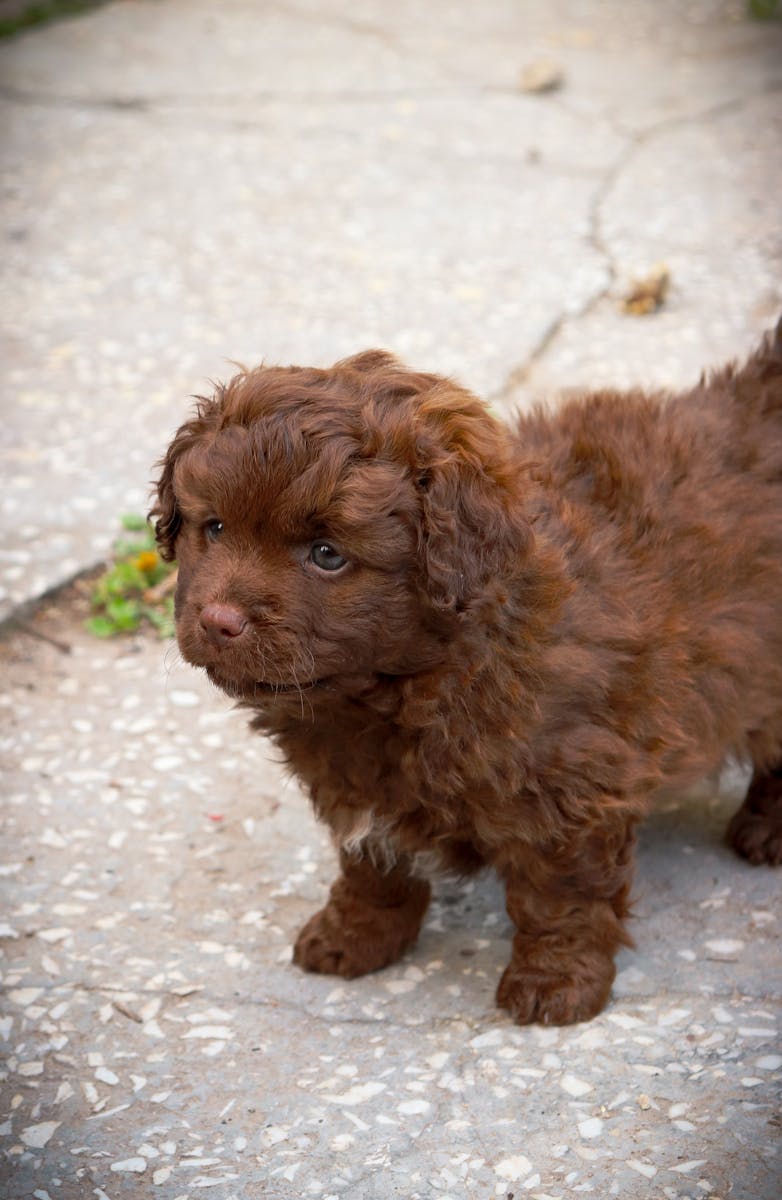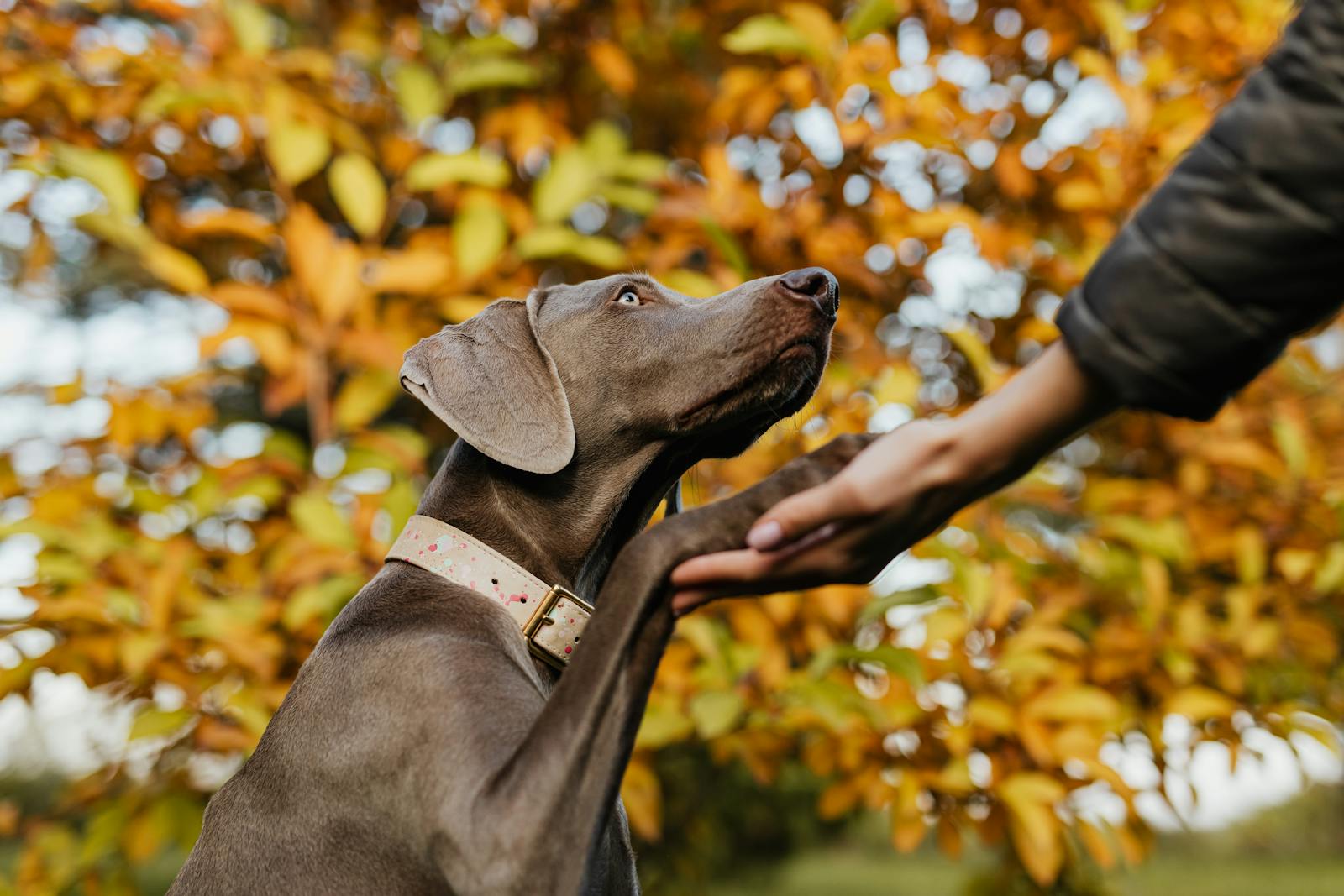Organizing a Local Dog Walk: Tips for Community Involvement
Are you a dog enthusiast looking to strengthen your community ties while promoting pet ownership? Organizing a local dog walk is the perfect way to accomplish just that! Not only does it provide a platform for dog owners to socialize, but it also encourages physical activity and raises awareness for local animal shelters or pet care initiatives. Whether you’re a seasoned event planner or taking this leap for the first time, this comprehensive guide will equip you with essential tips and insights to ensure your dog walk is both successful and enjoyable.
1. Define Your Purpose and Goals
Before you dive into the logistics of planning your dog walk, it’s vital to establish a clear purpose. Consider what you hope to achieve—is it fundraising for a local animal shelter, promoting responsible pet ownership, or simply fostering a sense of community? Defining your goals will set the tone for the event and guide your decision-making.
Identify Your Objectives:
- Fundraising: Aim to gather donations for animal welfare organizations.
- Awareness: Raise visibility regarding pet adoption or responsible ownership.
- Socialization: Encourage interaction between dogs and their owners.
Set Measurable Goals:
- Participation: Decide on a target number of attendees.
- Funds: Allot a specific amount you’d like to raise if applicable.
- Activities: Plan engaging activities or educational sessions aligned with your objectives.
2. Choose the Right Location
Selecting a suitable venue is critical for the success of your dog walk. Look for a location that is accessible, safe, and enjoyable for both pets and their owners.
Consider These Factors:
- Space: Ensure there’s ample room for participants to gather pre-walk.
- Safety: Choose a place free from heavy traffic or hazards.
- Amenities: Look for parks with restroom facilities, water stations, and shaded areas.
Scout Multiple Locations:
- Visit at Different Times: Assess each potential site’s foot traffic and ambiance.
- Parking: Check for parking availability to accommodate guests.
- Accessibility: Ensure the venue is friendly to those with mobility challenges.
3. Promote Your Event Effectively
Now that you have defined your purpose and chosen a location, it’s time to promote your event! Well-executed marketing strategies can significantly enhance participation rates and create excitement around the walk.
Utilize Various Channels:
- Social Media: Set up dedicated event pages on platforms like Facebook and Instagram where attendees can interact and RSVP.
- Flyers & Posters: Hand out informative posters in local vet clinics, dog groomers, pet supply stores, and coffee shops.
Engage Local Media:
- Press Coverage: Contact local newspapers or radio stations to feature your event.
- Press Releases: Send out press releases highlighting essential details including date, time, and any special attendees like representatives from local shelters.
4. Plan Activities Alongside the Walk
To make your dog walk even more engaging, consider adding extra activities that cater not just to the dogs but to their humans as well!
Fun Ideas Include:
- Contests: Organize contests for the best costume or the most unique breed.
- Training Demonstrations: Invite professional dog trainers to provide tips and tricks.
- Vendor Tables: Feature pet-related vendors showcasing services and products.
Incorporate Educational Components:
- Guest Speakers: Invite representatives from animal shelters to discuss responsible pet ownership.
- Info Booths: Set up booths offering training and healthcare tips for pets.
5. Prepare for Logistics and Safety Measures
While planning an enjoyable event is important, ensuring smooth operations on the day of the event is equally crucial. Addressing logistics early on can alleviate stress and prevent chaos, allowing everyone to enjoy the event.
Key Logistics to Consider:
- Registration Process: Decide if registration will be online in advance or if you’ll allow day-of sign-ups.
- First Aid Kits: Have supplies ready to tend to minor injuries that may occur during the walk.
- Waste Management: Provide enough waste bags along the route to encourage clean-up after pets.
Emphasize Safety Protocols:
- Leash Requirements: Clearly communicate that all dogs must remain leashed unless otherwise specified.
- Vaccination Checks: Encourage proof of vaccinations, especially if you expect a large turnout.
Conclusion
By following these essential steps, you’re poised to organize a fun and memorable local dog walk that fosters community involvement and promotes a healthy lifestyle for dogs and their owners alike. You’re not just planning an event; you’re creating a space for dog lovers to connect and share valuable resources.
So grab those leashes, invite your neighbors, and let’s get ready to hit the pavement, paw-in-paw! Have you organized a dog walk in your community before? What tips do you have for first-time planners? Let us know in the comments below, and don’t forget to share this guide with fellow dog lovers who might be interested in launching their own event!
news via inbox
Nulla turp dis cursus. Integer liberos euismod pretium faucibua





